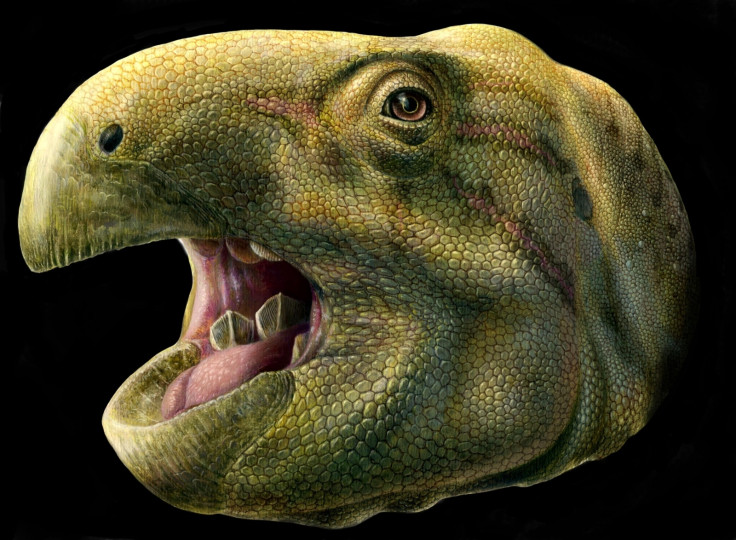New species of 70 million-year-old dinosaur that had 'scissor-like teeth' has just been discovered
Researchers estimate that the dinosaur grew up to 16ft long and may have been a herbivore.

A new dinosaur species with "scissor-like teeth", that is believed to have roamed the Earth around 70 million years ago, has just been discovered by palaeontologists. The dinosaur fossil was found in the South of France by a team of Belgian and French palaeontologists and has been named Matheronodon provincialis and is believed to be a primitive cousin of Iguanodon.
The dinosaur was named after Philippe Matheron, the paleontologist who, in 1869, first discovered a rhabdodontid — a group of herbivorous dinosaurs that researchers believe could be linked to the new toothy dinosaur.
Researchers estimate that the dinosaur grew up to 16ft (five metres) long and may also have been a herbivore. The fossil of the prehistoric creature's jawbone and teeth revealed that although it had few teeth, they were extremely large — up to 6cm long and 5cm wide.
"The denture of this group had evolved in a different direction than that of their contemporaries, the hadrosaurs or duck-billed dinosaurs" said palaeontologist Pascal Godefroit of the Royal Belgian Institute of Natural Sciences.
"Hadrosaurs had sophisticated dental 'batteries' formed by little teeth with which they could crush conifers. Matheronodon and the other Rhabdodontidae probably ate leaves of palm trees, which were abundant in Europe at that time. They had to cut rather than crush the fibre-rich leaves, before they could swallow them."
"They operated like self-sharpening serrated scissors," said co-author Koen Stein of Free University of Brussels (VUB). "Its teeth have ridged surfaces but are only covered with a thick enamel layer on one side. Because the enamel is more resistant to wear than the exposed dentine, chewing actually keeps the teeth sharp."
The dinosaur's fossil is the latest to be found in the village of Velaux-La Bastide Neuve, northwest of Marseille, where previously researchers have also uncovered prehistoric crocodiles, flying reptiles, turtles and more. The findings of the discovery have been published in Scientific Reports.





















